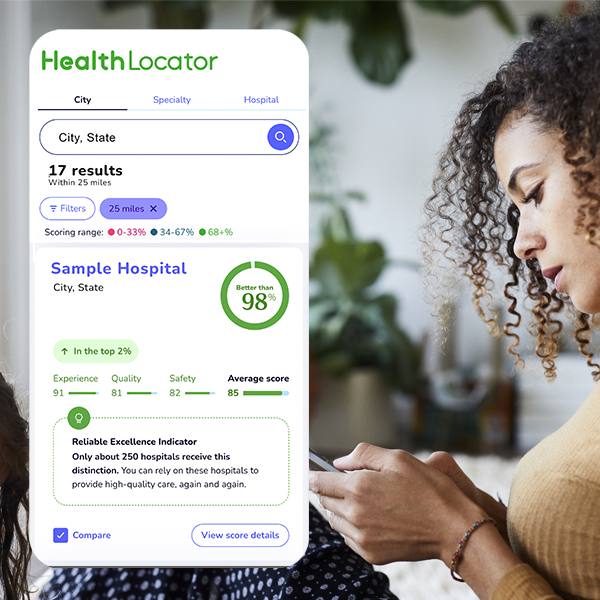-
Diabetes and your eyes

Diabetes is a prevalent condition worldwide, affecting approximately 10% of the population. It's a condition that happens because of a problem in the way the body regulates and uses sugar as fuel. It is a systemic disease affecting many organs, including the heart, blood vessels, nerves, kidneys and eyes.
While eye care and regular eye exams are important for everyone, they're particularly vital for people with diabetes. Let's explore why routine eye care is so important.
Understanding diabetic retinopathy
The eye, a vital part of your vision, contains a sensitive layer called the retina. The blood vessels in the retina can be affected by diabetes, leading to a condition known as diabetic retinopathy. This condition gradually damages these blood vessels and can progress through various stages of severity.
When diabetic retinopathy develops, eye damage can occur before symptoms develop. There often are no symptoms until the retinopathy has reached a moderate or advanced stage. In the advanced stage, diabetic retinopathy can cause rapid, permanent vision loss.
Diabetic retinopathy is the leading cause of vision loss worldwide in people ages 25 to 74. By 2030, an estimated 191 million people globally will have diabetic retinopathy, and 56.3 million people with diabetes will have vision-threatening diabetic retinopathy.
AI-assisted software aids in diabetic retinopathy screening
For people with diabetes, regular eye screening is part of their annual exam with their primary care provider.
The Food and Drug Administration (FDA) approved the first autonomous artificial intelligence (AI) system which aids in detecting diabetic retinopathy. The system captures an ocular photograph of the eye's retina to identify early signs of vessel damage. The ocular photograph is quick and designed for your comfort during the process.
If the screening detects diabetic retinopathy, your healthcare team will refer you to retinal specialists or an ophthalmology specialist for further evaluation and management of the condition.
Treating diabetic retinopathy
Prevention remains the best approach for diabetic retinopathy. Early detection and diligent management by an ophthalmologist can slow the progression or halt diabetic retinopathy. A prompt diagnosis increases the chances of a favorable outcome.
Even if your annual eye exam showed no issues, it's crucial to report any of these symptoms to your healthcare team right away:
- Blurred vision
- Double vision
- Dark or empty spot in the center of your vision
- Difficulty reading
- Difficulty seeing well at night
- Droopy eyelid
- Eye pain
- Flashing lights
- Halos around lights
- Objects that look larger or smaller than usual
- Sudden appearance of spots or floaters
These symptoms may indicate you need a change in your eyeglass or contact lens prescription, or signal other more serious diseases, such as diabetic-related ocular complications like diabetic retinopathy.
Strict control of your blood glucose levels reduces your risk of developing vision loss from diabetic retinopathy. In addition, you should control high blood pressure and cholesterol, as they can affect the retinal health of your eyes.
Wayne Wu, M.D., is a vitreoretinal surgeon and ophthalmologist in Eau Claire, Wisconsin.
This article originally appeared on the Mayo Clinic Health System blog.







